Expecting a fully charged iPhone or iPad after a few hours of charging is normal. However, it’s frustrating to find the battery level lower than expected.
This guide offers a step-by-step approach to troubleshooting and resolving the issue of your iPhone or iPad losing charge while it’s plugged in.
Let’s dive right in.
TL;DR Version
If your iPhone loses charge while plugged in, try these quick fixes:
1. Check the Charging Cable and Adapter
Begin with the basics by ensuring your charging cable and adapter are in good working condition.
Look closely for any visible signs of damage, like exposed wires, cracks in the plastic housing, or bent connectors.
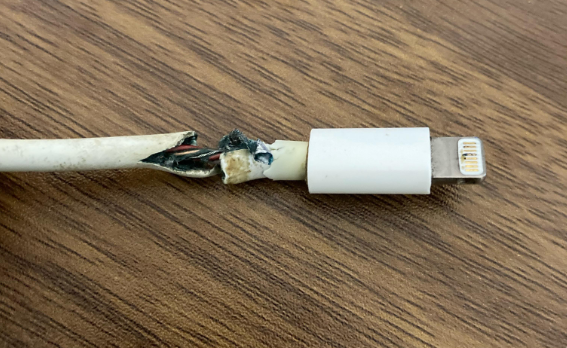
If you find any issues with the cable or adapter, it’s crucial to replace them with genuine Apple products to ensure proper charging.
2. Inspect and Clean the Charging Port
Dirt and debris often accumulate in the charging port of your iPhone or iPad over time, which can block the connection to the charging cable.
Cleaning the port is essential for maintaining proper contact.
To clean the charging port:
- Gently use a toothpick to remove any debris lodged inside the port.
- Apply a can of compressed air to eliminate the remaining dirt.
- For corrosion or buildup on contact points, carefully use a SIM tray pin, needle, or tweezers.
Note
Ensure your device is powered off before cleaning the charging port with sharp objects like a needle or pin.
3. Close Unnecessary Background Applications
Even when plugged in, background applications can continue to consume battery power. The more apps running in the background, the greater the battery usage.
To minimize this, close apps you’re not using:
- Access the app switcher by swiping up from the bottom of your screen.
- Scroll through the list of open apps and identify any you’re not actively using.
- During extended charging periods, like overnight, consider closing all background apps.
- To close an app, simply drag or flick it upwards.
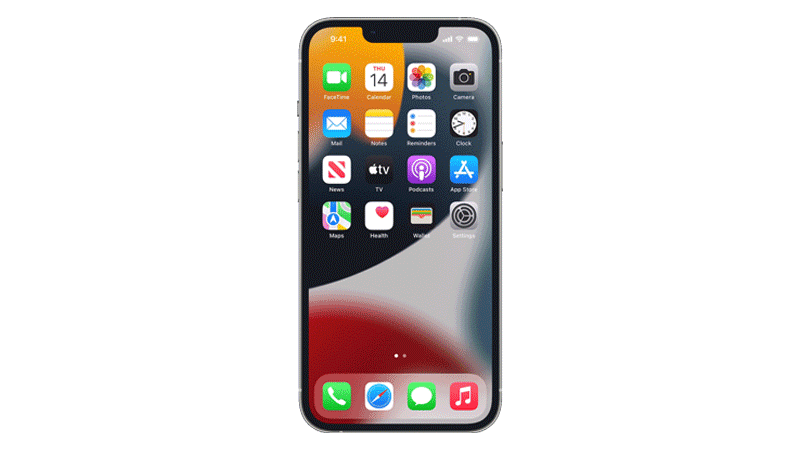
Minimizing background activity is a key step in ensuring efficient battery charging for your iPhone or iPad.
4. Turn Off Wireless Connections
Wireless connections like Wi-Fi, mobile data, and Bluetooth consume battery when they are enabled.
To conserve battery during charging, especially overnight, consider turning these features off:
- Swipe down from the upper-right corner of your screen to open the Control Center.
- Tap the icons for Wi-Fi, Bluetooth, and Cellular Data to disable them. These icons will turn white, indicating they are ‘OFF’.
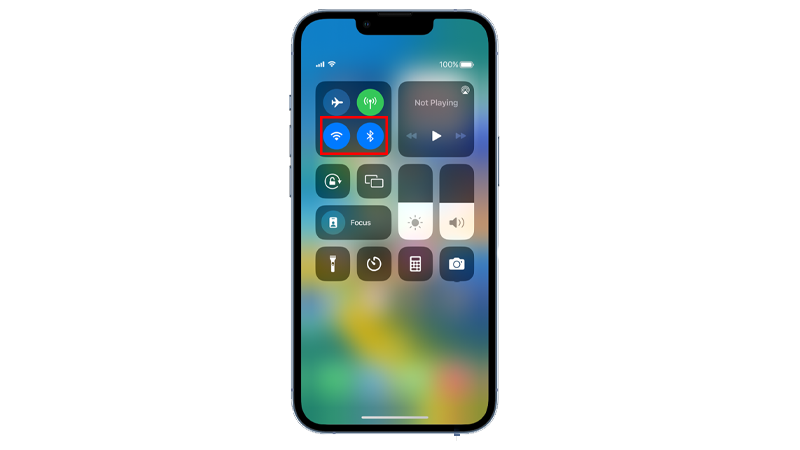
Turning off these connections can help reduce battery usage and ensure more effective charging.
5. Disable Background Refresh
Background app refresh keeps your apps updated but can significantly drain your battery, as it allows applications to constantly access the internet for updates.
To reduce battery consumption, particularly during charging, follow these steps:
- Open the Settings app on your iPhone/iPad.
- Navigate to General and then select Background App Refresh.
- Tap the toggle switch next to the app for which you wish to disable background refresh.
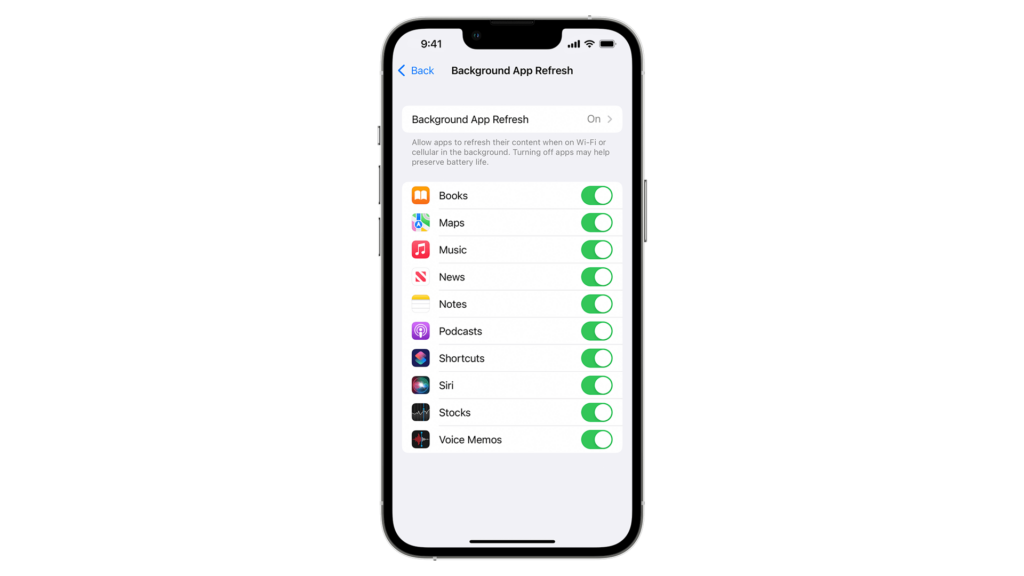
Disabling this feature for apps that do not require constant updates can conserve battery power.
6. Try Wireless Charging
If your iPhone supports wireless charging, try using it to see if it affects battery drain.
Should the battery drain persists, it could suggest an issue with your charging cable or port.
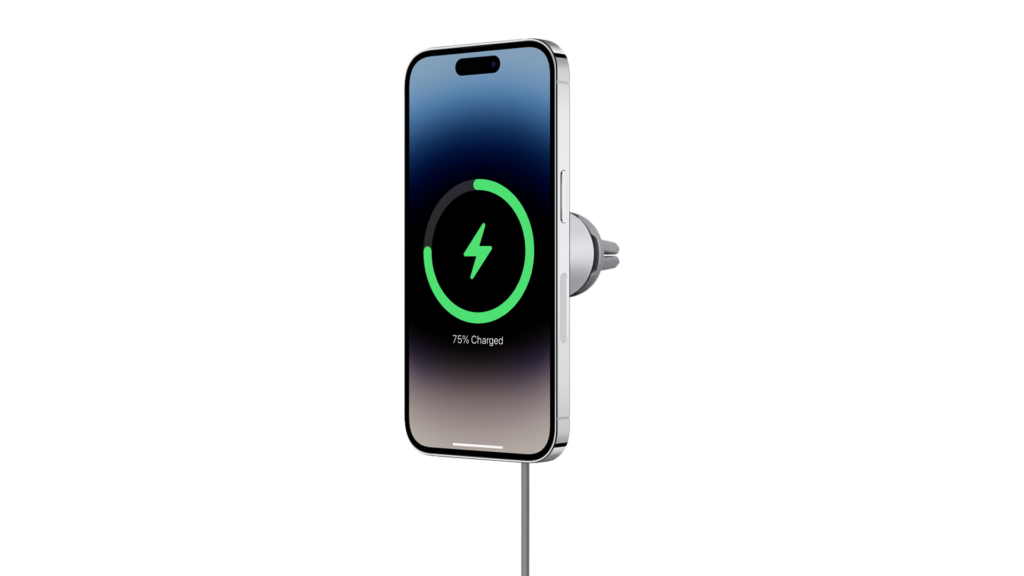
In such a case, consider taking your device to the nearest service center for a thorough examination by a professional.
7. Use Back Ports (PC)
If you’re charging your iPhone/iPad through a computer, I recommend using the USB ports at the back or from the motherboard.
The front panel USB ports might not have enough current to charge your device, explaining why your battery is draining.
Try each port on your computer to see if any can charge your iPhone/iPad properly.
8. Update Your iPhone/iPad
Software bugs can also cause your iPhone or iPad not to charge correctly.
Check if there are available updates for your device and install them to patch any errors that may have caused the problem.
To update your iPhone/iPad:
- Open Settings on your iPhone/iPad.
- Head to General > Software Update.
- If a new version of iOS/iPadOS is available, tap Download and Install.
- Once downloaded, follow the on-screen instructions to update your software.
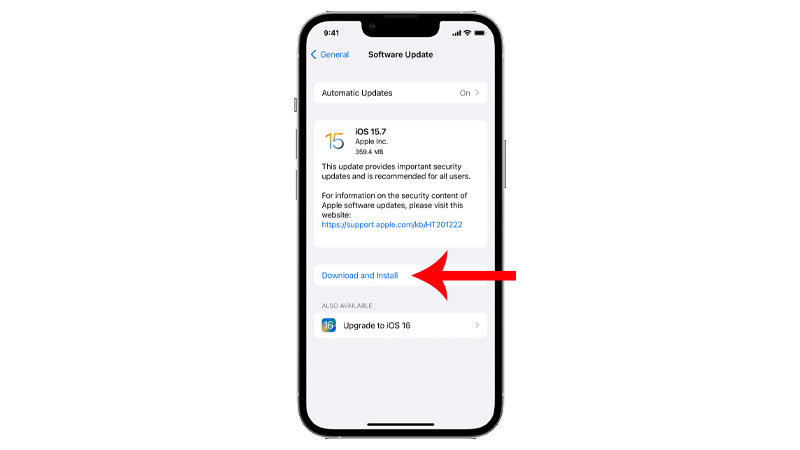
Note
- Your iPhone might restart several times during the update process.
- Ensure your iPhone/iPad is at least 50% charged before updating. For a smooth process, keep it connected to a charger.
- Allow about 15 minutes for the update, particularly for major versions (like iOS 15 to iOS 16).
To avoid missing future updates, enable automatic updates on your iPhone/iPad:
- Go to Settings.
- Navigate to General > Software Update > Automatic Updates.
- Turn on Download iOS/iPadOS Updates and Install iOS/iPadOS Updates.
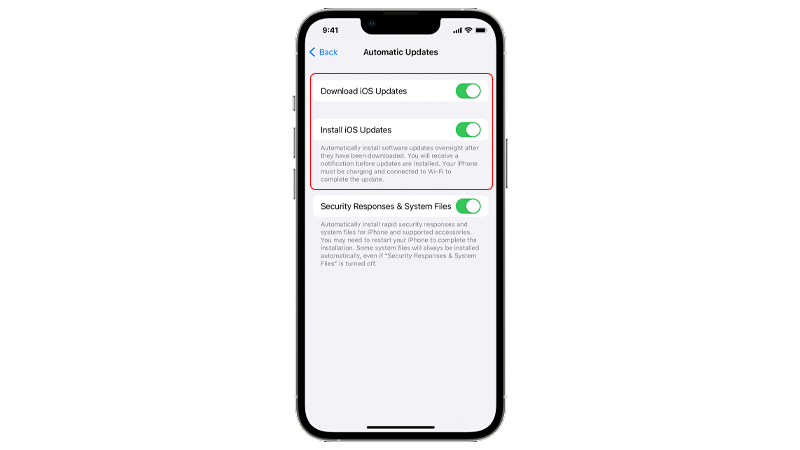
FAQs
Why is my iPad losing charge while plugged in?
If your iPad is losing charge while plugged in, check if there are high-demand apps running in the background. Video editing apps, render apps, or games can put a lot of load on the processor, causing it to consume more power than what the charger is supplying.
Why does my iPhone lose charge when plugged in?
Your iPhone may lose charge while plugged in if it uses more power than your charger supplies. Ensure your charger functions correctly and close any power-intensive apps. Additionally, cleaning the charging port for a proper connection could also remedy this issue.
Why does my iPad not always charge when plugged in?
Inconsistent charging of your iPad may result from a damaged or obstructed charging port. Test with different chargers to determine if the port is the issue. Inspect the port for any debris that might be hindering contact with the pins.
How do I know if my iPhone battery is bad?
Signs of a failing iPhone battery include noticeable slowdowns, rapidly depleting charge, or a ‘service’ status in the battery health section. To check the battery health:
To check this:
- Go to Settings on your iPhone.
- Navigate to Battery > Battery Health & Charging.





